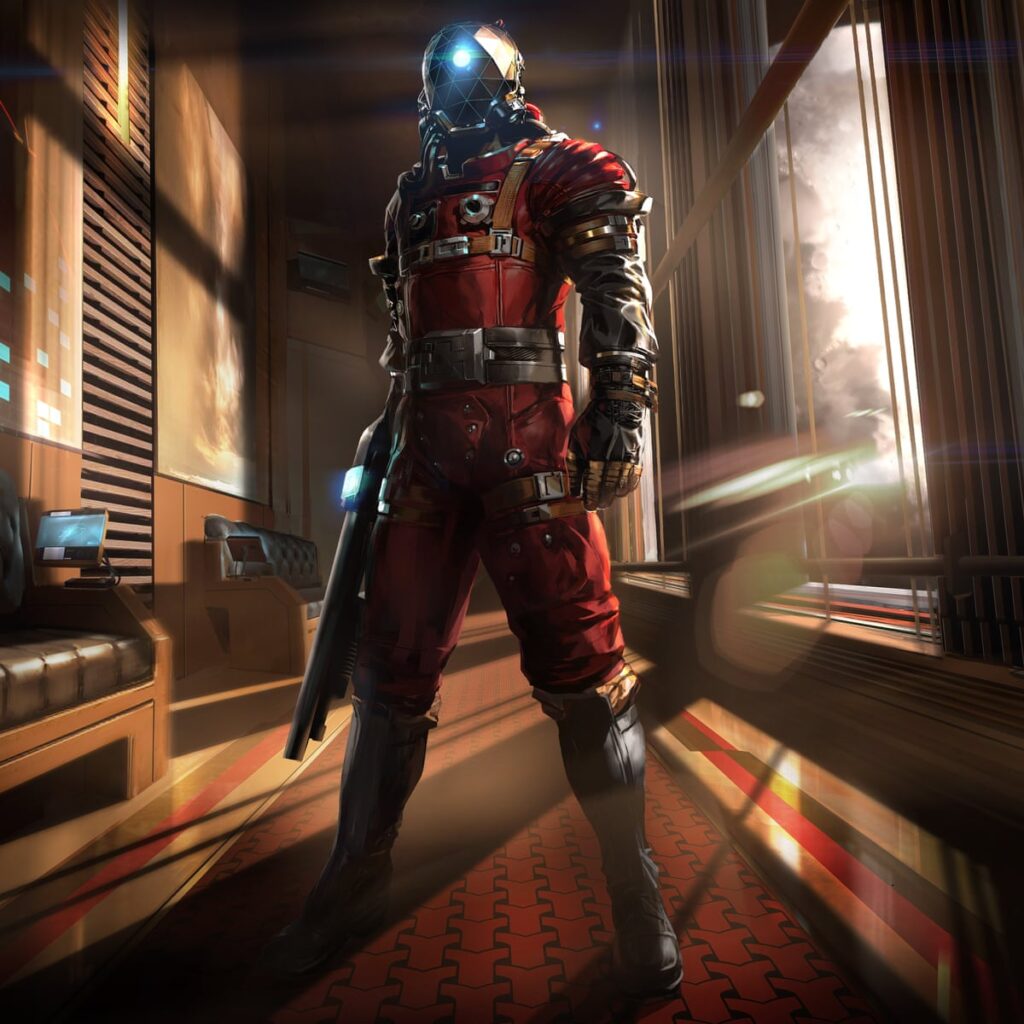Visual effects (VFX) play a vital role in gaming, creating a game’s atmosphere and immersing players in a believable game world. Designers must balance stunning visuals with smooth gameplay, taking into account hardware limitations and player experience. Common VFX types include particle, lighting, environmental, and screen-space effects. As technology advances, designers can create even more realistic and dynamic game worlds with virtual and augmented reality technologies. VFX will continue to shape the future of gaming, offering endless possibilities for designers to create incredible experiences for players.
The Power of Visual Effects in Gaming: How Designers Create Spectacular Game Worlds
Gaming has come a long way since the early days of arcade machines and simple 8-bit graphics. Today’s games offer stunning visuals that can transport players to fantastical worlds with incredible detail and realism. The power of visual effects (VFX) in gaming cannot be overstated, as it is what truly immerses players in a game’s world and brings it to life. This article will explore how designers create spectacular game worlds through the use of visual effects.
The Importance of Visual Effects in Gaming
The importance of visual effects in gaming cannot be overstated. They are what create a game’s atmosphere, giving players an immersive experience that can be as convincing as the real world. VFX make the game more engaging and entertaining, and can even enhance the story and gameplay itself. Without the right visual effects, a game can feel flat and unremarkable. This is why designers put so much time and effort into creating beautiful, breathtaking visuals for their games.
The Role of Designers in Creating Spectacular Game Worlds
Designers have an enormous responsibility in creating a game’s world, and that responsibility extends to the visual effects they use. A game’s world needs to be believable, detailed, and immersive to truly capture players’ attention. Designers use a wide array of tools and techniques to create incredible visual effects, from advanced 3D modeling software to motion capture technology.
They also need to consider the limitations of the hardware on which the game will be played, as well as the player’s experience. A great game world may not be appreciated if it is too demanding on the hardware, and gameplay may be hindered if the effects are too distracting. Designers must strike a balance between stunning visuals and smooth gameplay.
Types of Visual Effects Used in Gaming
There are many types of visual effects that designers use to create spectacular game worlds. Some of the most common types include:
Particle Effects
Particle effects are used to simulate the behavior of particles, such as smoke, fire, and water. These effects can add an incredible amount of realism to a game world.
Lighting Effects
Lighting effects can dramatically enhance the look and feel of a game, by creating shadows, reflections, and other environmental effects. They can also be used to set the mood and atmosphere of the game.
Environmental Effects
Environmental effects can be used to simulate weather conditions, such as rain or snow. They can also be used to create realistic landscapes, textures, and other natural elements.
Screen-space Effects
Screen-space effects are used to create visual effects that are only visible on the screen, such as bloom, depth of field, and motion blur. They can be used to create a more cinematic experience for players.
The Future of Visual Effects in Gaming
The future of visual effects in gaming is incredibly exciting. As technology advances, designers will be able to create increasingly realistic and detailed game worlds, with more dynamic and interactive visual effects. Virtual reality and augmented reality technologies are already being used to create incredible immersive gaming experiences. The possibilities are endless, and designers are only limited by their imagination and technical skill.
The future of gaming is bright, and the power of visual effects will continue to play an important role in creating spectacular game worlds that players can truly lose themselves in.
Conclusion
The power of visual effects in gaming is undeniable. Visual effects are what create a game’s atmosphere, they bring its world to life, and can even enhance the gameplay itself. Designers have an enormous responsibility in creating game worlds that are believable, detailed, and immersive. By using advanced tools and techniques, they can create stunning visual effects that transport players to fantastical worlds. The future of visual effects in gaming is incredibly exciting, and we can only imagine what kind of incredible experiences designers will create in the years to come.
